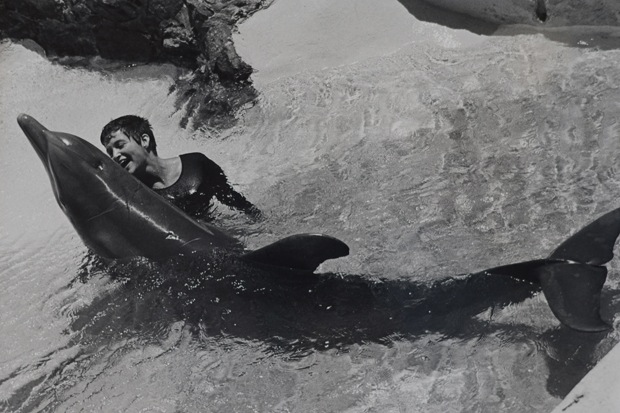Jeremy Deller’s Everybody in the Place: an Incomplete History of Britain 1984-1992 (BBC4) began with some footage of kids queuing up outside a warehouse rave in Stoke-on-Trent in 1991. It was at once banal and extraordinary: everyone was white; nobody was overweight; none of the clothes were designer, expensive or branded; nobody wore facial hair. This was the England of my late youth and I remember it vividly. But it feels so remote from the present that it might just as well have been a lithograph of extravagantly side-burned men in stiff woollens captioned: ‘The Camp before Balaklava’.
Deller is probably a bit more left-wing than me — how could he not be? He’s a conceptual artist whose most famous work is a meditation on the miners’ strike — I do agree with his thesis that the birth of acid house was the revolutionary moment that changed Britain forever. He illustrated this with scenes of Northern ravers clubbing in disused factories, marking what he called the ‘death ritual transformation of Britain from an industrial to a service economy’.
In 1988, I experienced some of this myself at an acid house night called Love at the Wag. The music was better in those days and so, of course, were the pills. I remember queuing up outside in my smiley T-shirt, my red bandana and my Boy cycle shorts with the Madonna on them (London, obviously was the exception to the rule I mentioned above about designer gear), conscious of being gawped at by all the straights, and thinking to myself: ‘Wouldn’t it just be amazing if this niche thing I’m part of ever caught on.’
Apart from the repetitive beats, what I thought the world could particularly benefit from was that overwhelming love and friendliness and joy you experienced once you got inside.









Comments
Join the debate for just £1 a month
Be part of the conversation with other Spectator readers by getting your first three months for £3.
UNLOCK ACCESS Just £1 a monthAlready a subscriber? Log in